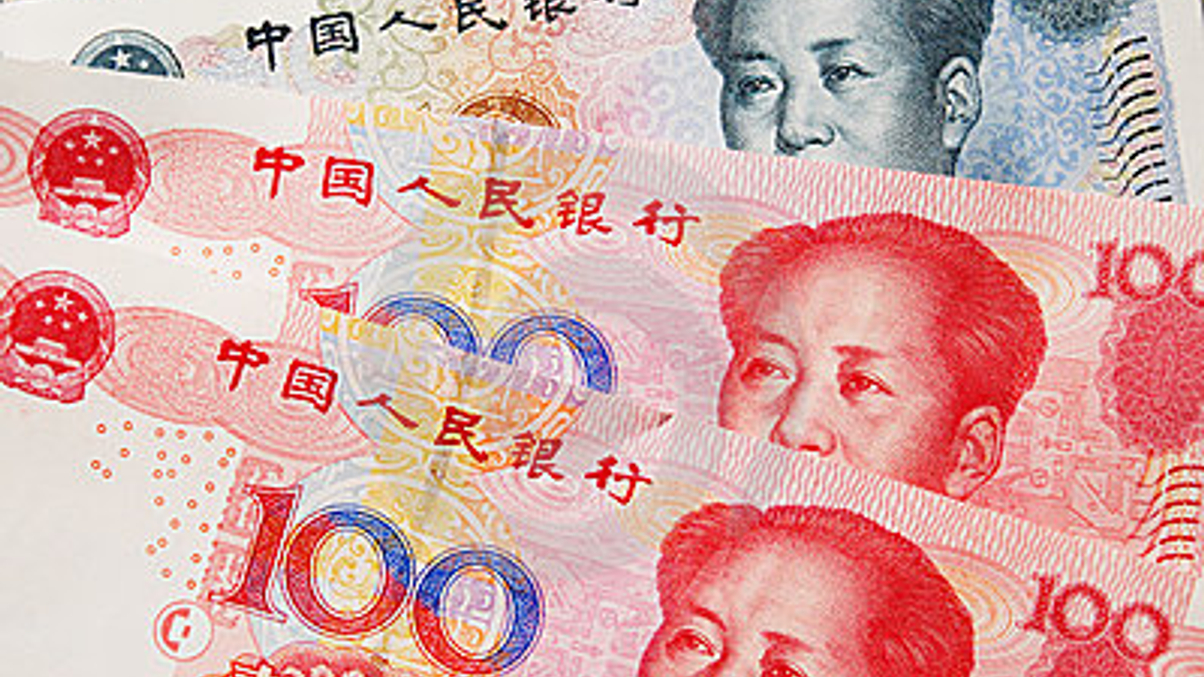Damaging losses feared for China fund subsidiaries
Regulatory freedoms granted to segregated-account subsidiaries of Chinese fund firms have seen the segment swell, but the risk of investor losses is going unnoticed, say sources.

Observers warn that low capital requirements and weak risk controls among the fast-rising subsidiaries of Chinese fund firms could lead to damaging investor losses.
Sign in to read on!
Registered users get 2 free articles in 30 days.
Subscribers have full unlimited access to AsianInvestor
Not signed up? New users get 2 free articles per month, plus a 7-day unlimited free trial.
¬ Haymarket Media Limited. All rights reserved.


